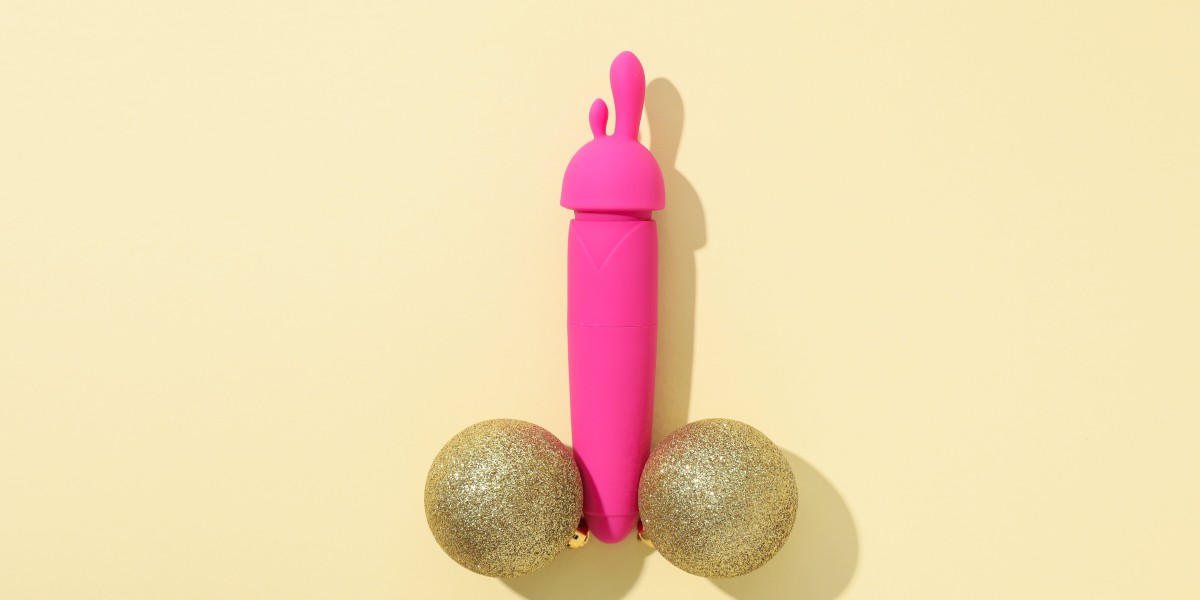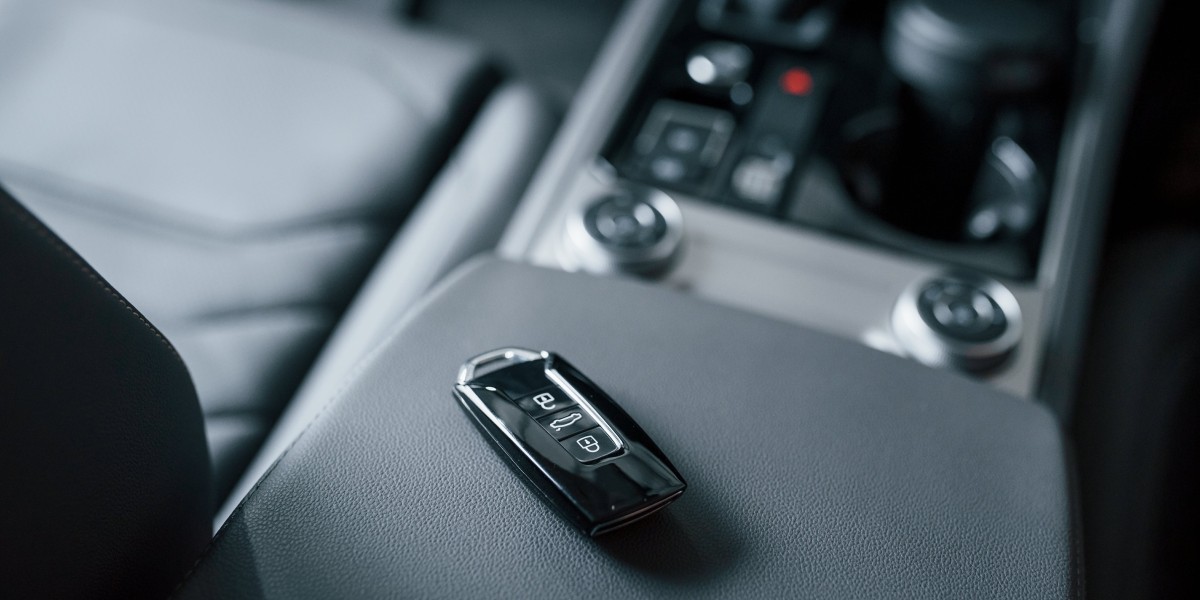Keeping the Purrfect Passage Open: A Guide to Cat Door Maintenance
cat entry door installation doors, also referred to as pet doors or cat flaps, are a great addition to any home with feline companions. They provide cats the liberty to explore the outdoors (or designated areas within your house) and ease themselves, all while offering owners comfort and reducing the variety of unscripted door-opening demands. However, like any other function of a house, cat doors are not unsusceptible to use and tear. Routine maintenance is important to ensure they continue to function correctly, stay secure, and supply a comfortable and safe passage for your cherished cat. Disregarding maintenance can lead to a host of issues, ranging from a stiff and loud flap to a complete breakdown, potentially locking your cat out or, worse, compromising your home's security.
This short article will look into the importance of Cat Flap Engineer (Https://Www.Repairmywindowsanddoors.Co.Uk) door maintenance, describing the required steps to keep your pet's access point in prime condition. By comprehending the basic maintenance needed, you can extend the life-span of your cat door, ensure your cat's continued flexibility, and avoid costly repair work or replacements down the line.
Why Regular Cat Door Maintenance Matters
Maintaining your cat door is more than simply a cosmetic task; it's an investment in the performance, security, and durability of the feature, as well as the convenience and wellness of your cat. Here are some crucial reasons regular maintenance is essential:
- Ensures Smooth Operation: Dust, debris, and weather aspects can accumulate around the hinges and flap of a cat door, causing it to end up being stiff, sticky, or noisy when opening and closing. Regular cleansing and lubrication prevent these problems, guaranteeing the door operates smoothly and silently, encouraging your cat to utilize it without hesitation.
- Extends the Lifespan of the Door: Like any mechanical part, cat doors are subject to wear and tear. Ignoring maintenance can accelerate this process, resulting in early damage and the need for replacement. Regular cleaning, lubrication, and resolving minor issues immediately can considerably extend the life expectancy of your cat door, conserving you money in the long run.
- Maintains Security: An effectively functioning cat door ought to close safely after your cat goes through. Damaged or improperly preserved doors might not close totally, potentially jeopardizing your home's security by leaving spaces that might be made use of by burglars or enable drafts and bugs to go into. For electronic or microchip-operated doors, constant maintenance ensures the locking systems and sensors work dependably, preserving controlled access.
- Avoids Drafts and Energy Loss: An improperly maintained cat door can end up being a significant source of drafts, particularly in colder environments. Gaps around the flap or frame due to damage or particles can let cold air in and warm air out, increasing your energy expenses. Appropriate sealing and weather stripping maintenance is important to keep energy effectiveness.
- Promotes Hygiene: cat flap in glass door doors are exposed to the elements and can accumulate dirt, mud, and even insect invasions gradually. Regular cleaning helps maintain a hygienic passage for your cat and prevents the transfer of dirt and bacteria into your home.
- Reduces Noise: An ignored weatherproof cat flap installation door can end up being loud, especially in windy conditions. Squeaking hinges or a rattling flap can be disruptive to both you and your cat. Lubrication and tightening of loose parts can considerably minimize noise levels.
- Early Detection of Problems: Routine maintenance permits you to inspect your cat door carefully and determine any possible issues early on, such as cracks, loose screws, or malfunctioning components. Attending to these small issues without delay can avoid them from intensifying into more substantial and pricey repair work.
Kinds Of Cat Doors and Maintenance Considerations
While the fundamental maintenance concepts apply across the majority of cat doors, various types may have particular requirements. Here's a short overview of typical cat door types and maintenance considerations:
- Basic Flap Doors: These are the easiest and most common type. Maintenance mostly involves cleaning the flap and frame, lubricating hinges, and looking for damage to the flap material (plastic, rubber, or versatile polymer).
- Magnetic large cat flap installation Doors: These doors utilize a magnetic collar key to allow entry just to cats wearing the key. Maintenance consists of the same jobs as standard flap doors, plus ensuring the magnetic mechanism is clean and free of debris. Likewise, inspect the collar key's magnet is still practical.
- Microchip Cat Doors: These doors use a microchip scanner to recognize your cat's implanted microchip, using selective entry. Maintenance consists of cleansing, checking for damage, and periodically replacing batteries if it is battery-powered. The scanner lens need to be kept tidy for trusted chip detection.
- Electronic Cat Doors: These doors might utilize infrared or radio frequency (RFID) innovation for selective entry, typically with advanced functions like curfew settings. Maintenance includes cleansing, checking for damage, battery replacement (if applicable), and periodically recalibrating or reprogramming the electronic components according to the maker's instructions.
Vital Cat Door Maintenance Tasks: A Step-by-Step Guide
Establishing a regular maintenance schedule will keep your cat door operating efficiently. Here's a breakdown of typical maintenance tasks:
1. Routine Cleaning (Weekly/Bi-weekly):
- Gather Supplies: You will require:
- Mild soap or detergent
- Warm water
- Soft cloth or sponge
- Paper towels or a tidy, dry cloth
- (Optional) Disinfectant wipes (pet-safe)
- Wipe Down the Flap: Use a moist cloth or sponge with soapy water to clean up both sides of the flap. Get rid of any dirt, mud, fur, or insect residue.
- Tidy the Frame: Clean the whole frame of the cat door, both within and out. Pay attention to corners and crevices where dirt can accumulate.
- Dry Thoroughly: Ensure all parts are totally dry to avoid mildew or rust.
- Decontaminate (Optional): If desired, utilize pet-safe disinfectant wipes to sterilize the door and frame, particularly if you have multiple felines or desire to preserve extra hygiene.
2. Lubrication (Monthly/As Needed):
- Identify Hinges and Moving Parts: Locate the hinges, pivots, or any other moving parts of the cat door system.
- Apply Lubricant: Use a silicone-based lubricant spray or a dry lubricant (like graphite powder) specifically created for hinges and moving parts. Prevent oil-based lubes, as they can attract dust and become sticky in time. Apply sparingly to avoid drips.
- Work the Door: Open and close the cat door flap a number of times to distribute the lube evenly and guarantee smooth, peaceful operation. Clean away any excess lube.
3. Evaluation and Repair (Monthly/Seasonally):
- Check for Damage: Carefully check the flap for fractures, tears, or warping. Try to find damage to the frame, weather removing, or any locking mechanisms.
- Tighten Up Loose Screws: Check all screws securing the door frame to the door or wall and tighten any that are loose. Loose screws can lead to instability and drafts.
- Check Weather Stripping: Examine the weather stripping around the flap and frame for damage, cracks, or gaps. Change harmed weather condition removing to maintain a great seal and avoid drafts.
- Battery Check (Electronic/Microchip Doors): If your door is battery-operated, inspect the battery level frequently and replace batteries according to the maker's recommendations. Low batteries can cause malfunctions and unreliable operation.
- Sensor Cleaning (Microchip/Electronic Doors): Gently tidy the sensing unit lens with a soft, dry cloth to ensure accurate chip or essential detection.
4. Seasonal Maintenance:
- Winter:
- Check for ice accumulation around the flap and frame. Carefully eliminate ice to prevent damage and guarantee smooth operation.
- Make sure weather stripping remains in excellent condition to avoid drafts and cold air entry.
- Summer season:
- Check for insect nests or problems around the cat door. Clean away any nests and consider using pet-safe bug spray around the door frame.
- Guarantee correct ventilation around the door opening to prevent humidity buildup and prospective mildew growth.
Tools and Supplies for Cat Door Maintenance
Keeping a little set of maintenance tools and materials handy will make regular maintenance easier and more efficient. Think about assembling the following:
- Soft fabrics and sponges
- Mild soap or detergent
- Silicone lube spray or dry lube
- Screwdriver (Phillips and flathead)
- Pet-safe disinfectant wipes (optional)
- Replacement weather removing (if required)
- Small brush for cleaning crevices
- Paper towels
- Replacement batteries (if appropriate)
DIY vs. Professional Help
The majority of routine cat door maintenance jobs are simple and can be easily managed by property owners. Nevertheless, there are scenarios where looking for professional help might be advisable:
- Significant Damage: If you find extensive damage to the door frame, flap, or locking mechanisms, professional repair or replacement might be necessary.
- Electronic Malfunctions: Troubleshooting electronic or microchip door breakdowns can be complex. If you are not sure how to identify or repair electronic problems, seek advice from a professional installer or a qualified technician.
- Installation Issues: If you are experiencing relentless issues after installing a new cat door, it may be due to installation mistakes. A professional installer can evaluate the scenario and rectify any concerns.
Routine cat door maintenance is a simple yet crucial aspect of responsible pet ownership for those who choose to supply their feline friends with this freedom. By committing a little quantity of time to cleansing, lubricating, and checking your cat door, you can guarantee its continued smooth operation, longevity, security, and hygiene. A well-maintained cat door provides your cat with consistent access to the outdoors world (or designated indoor areas), contributing to their joy and wellness, while also providing peace of mind for you. Taking proactive steps to look after your cat door will keep the purrfect passage open for years to come.
FAQs about Cat Door Maintenance
Q: How often should I clean my cat door?
A: Aim to clean your cat door weekly or bi-weekly for standard flap doors. For electronic or microchip doors that may collect more dirt around the sensing unit areas, weekly cleansing is advised.
Q: What kind of lubricant should I utilize on my cat door hinges?
A: Silicone-based lubricant spray or dry lube (like graphite powder) is recommended. Avoid oil-based lubes as they can bring in dust and end up being sticky.
Q: How do I clean a microchip cat door sensor?
A: Use a soft, dry fabric to gently clean the sensor lens. Avoid using liquids or abrasive cleaners, as they could harm the sensing unit.
Q: My cat door flap is sticking. What should I do?
A: First, tidy the flap and frame thoroughly. Then, use a small amount of lubricant to the hinges and moving parts. If the sticking persists, examine for any damage to the flap or frame and think about tightening up screws or adjusting the door positioning.
Q: How do I know when to replace the batteries in my electronic cat door?
A: Electronic cat doors typically have a low battery sign light or caution signal. Refer to your door's manual for particular guidelines on battery replacement. It's an excellent practice to change batteries proactively, perhaps every 6-12 months depending upon use and battery type.
Q: Can I utilize family cleaners to clean my cat door?
A: Yes, you can use moderate soap or detergent diluted in warm water. Prevent harsh chemicals or abrasive cleaners that might damage the door product. Make sure any cleaning items are pet lifestyle door installation-safe.
Q: My cat door is letting in drafts. How can I repair this?
A: Inspect the weather condition removing around the flap and frame. Replace any broken or used weather condition stripping. Make sure the door frame is safely installed and tighten any loose screws. You can also consider including additional weather condition stripping or a draft excluder particularly developed for pet doors.









